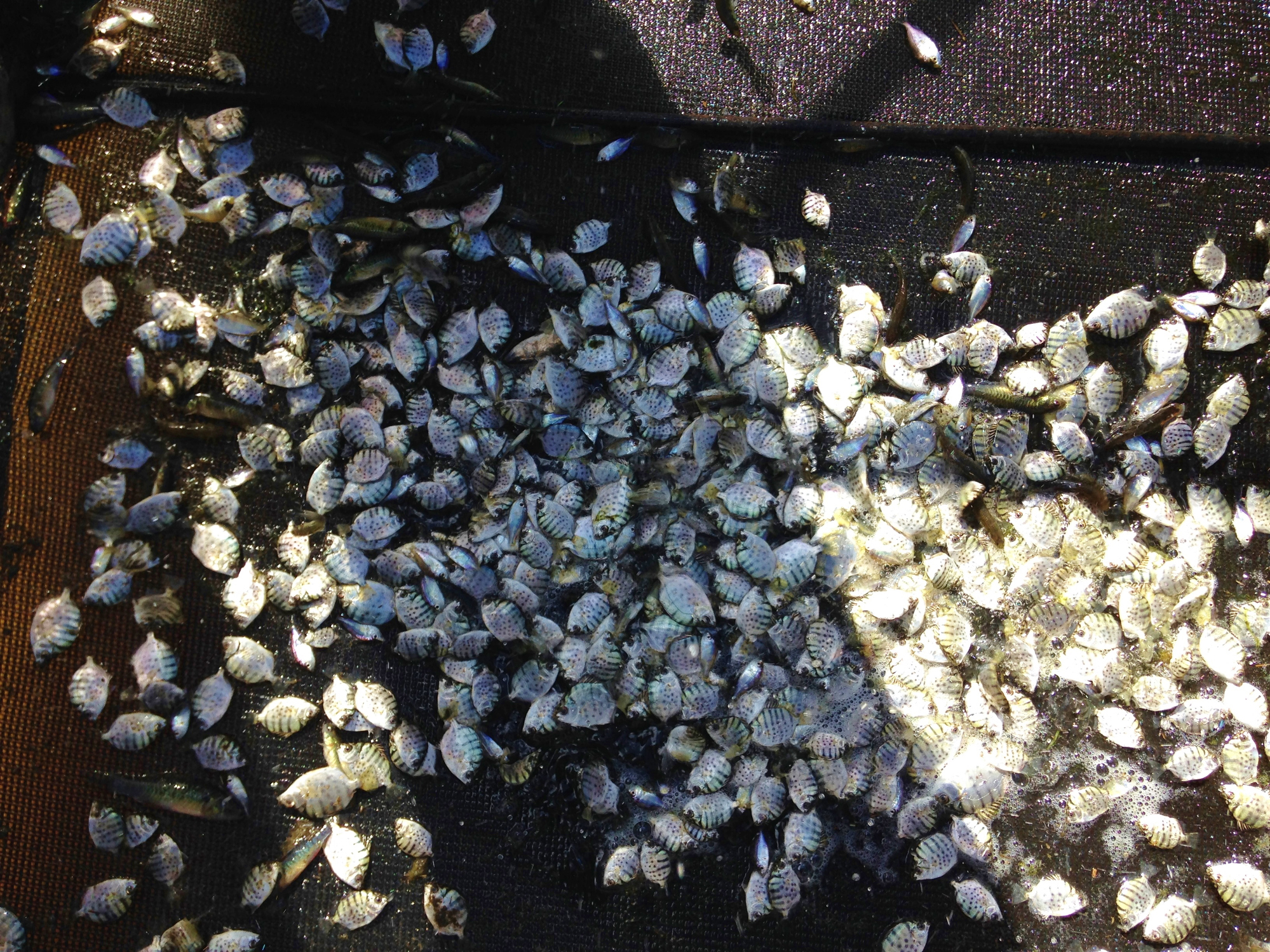|
|
Rock ramp fishwayRock ramp fishway – Construction and operation Select from the tabs below In addition to the general information for all fishway types, the following applies to rock ramp fishways. ConstructionFor rock ramp and bypass fishways, where concrete is not the main material, the commissioning process may allow a tolerance of approximately 5% because of the unpredictable or imprecise nature of rock placement and earthworks compared with pre-fabricated concrete (e.g. vertical slot or concrete cone ramp). However, basic measurements such as head loss, water depth and slope should meet design specifications within the agreed level of tolerance[2]. Rock ramp construction is a specialist operation involving skill and patience. A close relationship is required between design, construction and supervision personnel, and advice should be obtained from a rock ramp construction specialist to ensure that the requirements for configuration and integrity of the structure are met. Construction of these fishways requires careful configuration of the ridge, cascade and apron rocks. Placement of ridge rocks and cascade rocks is critically important, and these should be carefully keyed into each other and into the foundation. Monitoring
Aerial photography and 3D modelling trials are currently being undertaken to hydraulically assess a rock ramp fishway, early results are producing excellent results. Operation and maintenanceRock ramp fishways tend to require little human intervention to operate, however, optimal hydraulic operation and regular maintenance is crucial for the long-term passage of fish through rock ramp fishways. Rocks that move during high flows can eventually cause the hydraulics to become suboptimal and lead to functional failure of the fishway. A regular inspection schedule will ensure the fishway functions effectively in the long-term, however, it is often hard to determine when maintenance is needed, and this aspect requires training for local operators[5]. Examples of inspection and maintenance tasks for a rock ramp fishway:
Disclaimer: In addition to the standard disclaimer located at the bottom of the page, please note the Fishways (biopassage structures) disclaimer. References
Last updated: 10 May 2021 This page should be cited as: Department of Environment, Science and Innovation, Queensland (2021) Rock ramp fishway – Construction and operation, WetlandInfo website, accessed 8 May 2025. Available at: https://wetlandinfo.des.qld.gov.au/wetlands/management/fish-passage/technologies/fishway-options/rock-ramp/construction-operation.html |

 — Department of the Environment, Tourism, Science and Innovation
— Department of the Environment, Tourism, Science and Innovation


